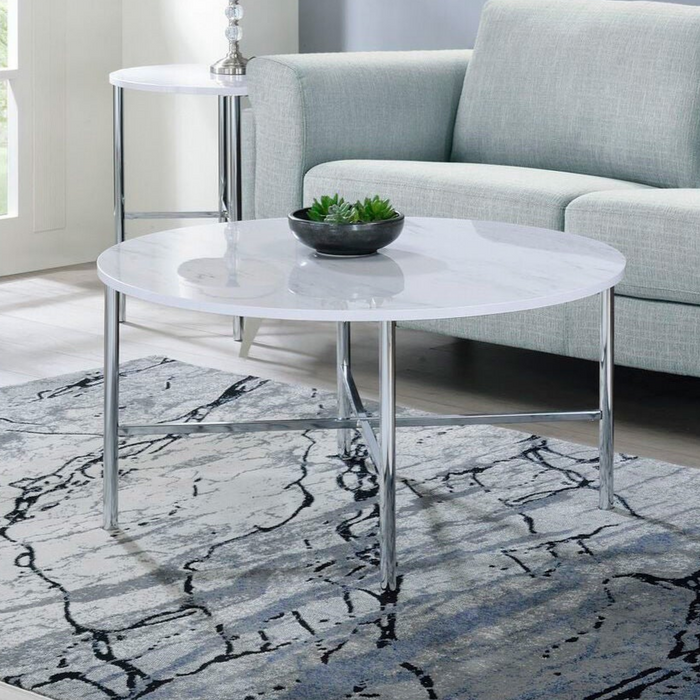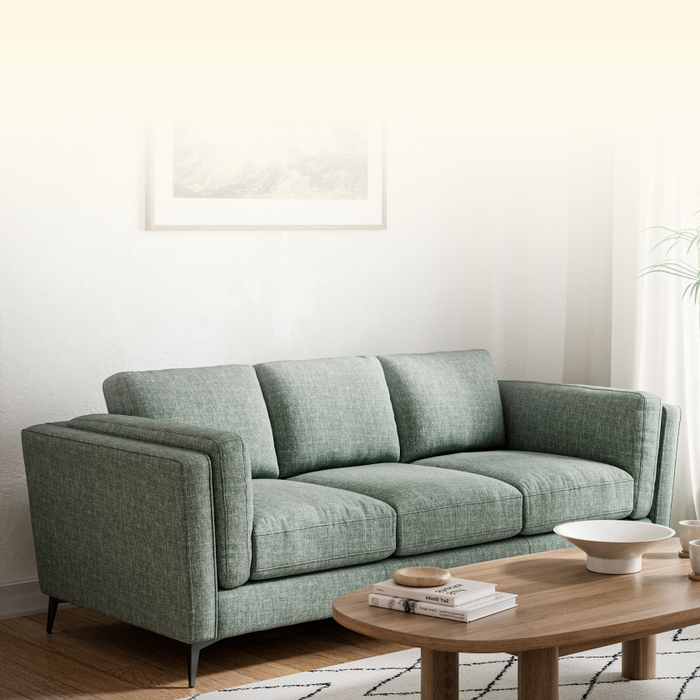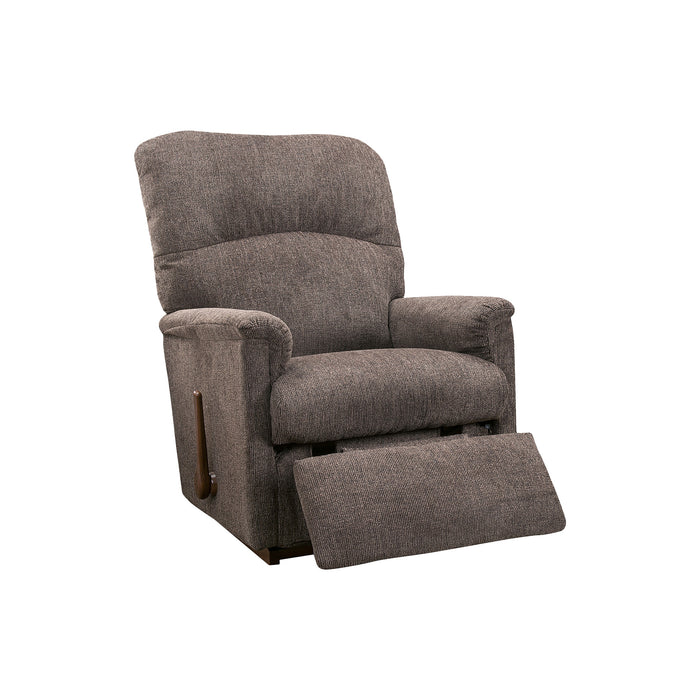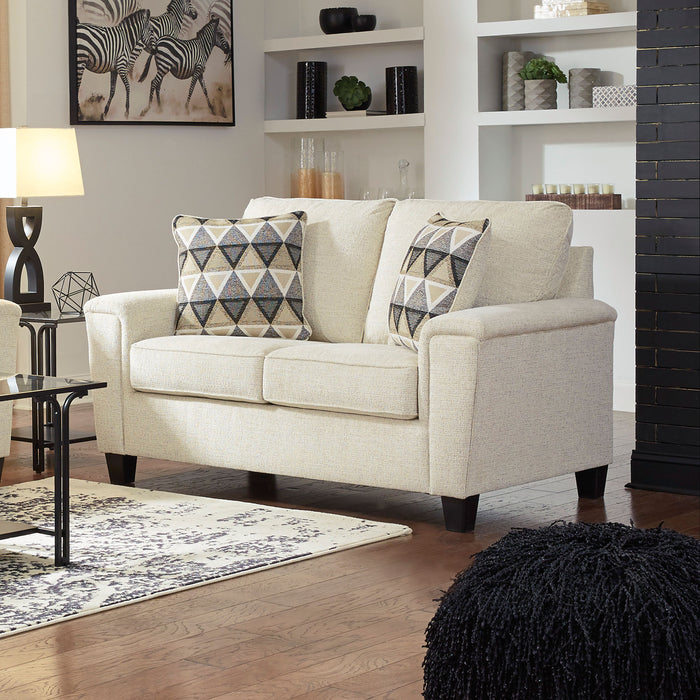These days, design magazines, blogs, websites, and television programs dominate the media, offering tips and tricks and DIY projects galore. It’s enough to make your head spin into stripes and chevron.
If you feel overwhelmed, you’re not alone -- but don’t give up. In truth, all you need are a few design basics to achieve your desired look. Simply consider:
Function
First things first, your room has to work. You may have a beautiful kitchen, for example, with high-end cupboards, countertops, and appliances, but if you can’t reach your pots and pans, you’ve got a problem. Your furniture should accommodate your family and its daily habits. Meanwhile, the room’s arrangement should flow, enabling you to live with ease. To optimize function in a room:
-
Determine its focal point.
What aspect of the room will you design around? Is there a fireplace or a built-in media center? Perhaps you have brightly colored area rugs or an heirloom curio cabinet. Whatever it is, determine where to set the room’s focus.
-
Assess your furniture.
Be honest about your furniture. That sectional handed down from your friend may be in pristine condition, but if it blocks the closet or the doorway itself it’s time to look for something smaller.
-
Figure out the flow.
Your furniture arrangement should be intuitive to the room’s purpose. It should allow plenty of space for you to move about with ease and successfully utilize the room whether it’s to get work done, watch TV, or sleep soundly.
-
Invest in subtleties.
If you think you can skimp on lighting and floor covering, think again. Lighting is one of the most important aspects of a room—not only in terms of function, but also to set the mood. Floor covering also is essential to keep the room warm or cool, particularly if you have hardwood or tile floors.
Balance
Professional interior designers will say the most common issue they see when assessing clients’ rooms is lack of balance. Picture an enormous living room with a tiny chandelier, for example. It throws the whole room off. There are three kinds of balance: symmetrical, asymmetrical, and radial.
-
Symmetrical balance.
Symmetrical balance is relatively easy to achieve. Simply divide your room in two and arrange objects in the same way on each side so that they mirror one another. Symmetrical balance produces a clean, formal look.
-
Asymmetrical balance.
Asymmetrical balance requires a little more thought. The goal is to utilize items that have the same visual weight but that vary in shape, size, color, and texture to achieve an equivalent, but not identical sense of order. One example is to place curved or rounded shapes and bright colors on one side of the room opposite square shapes and light colors. The look here is fun, casual, and dynamic.
-
Radial balance.
With radial balance, you choose a focal point in the center of the room and arrange elements facing toward it or away from it. For example, a round dining room table surrounded by chairs or a round rug with a curved sectional around it.
Character
Ultimately your home should look and feel like you—not the pages of a magazine. That’s where character elements come into play. Exude personality throughout your house with the following elements:
-
Accessories.
Vases, area rugs, books, and art are all extensions of your unique tastes and experiences. These can be store-bought items that catch your eye or homemade treasures—your children’s art or a needlepoint pillow. Learn how to expertly arrange them with our guide to accessories.
-
Heirlooms.
Dig deep into your ancestry. Frame old family photos, dust off trinkets and souvenirs from your ancestors’ past, refurbish an old piece of furniture, and make use of your grandmother’s Oriental rug. Heirloom pieces produce a one-of-a-kind space.
-
Themes.
Think about your hobbies and interests. If you’re the literary type, decorate with stacks of books. Francophile? Incorporate French items into your décor. You’ll feel happy being surrounded by the things you love and also display your individual style.
-
The unexpected.
So you love hot pink. You may not want to cover your walls with it, but what about the ceiling? Incorporate your favorite colors, textures, shapes, and items in unexpected ways throughout the house.






